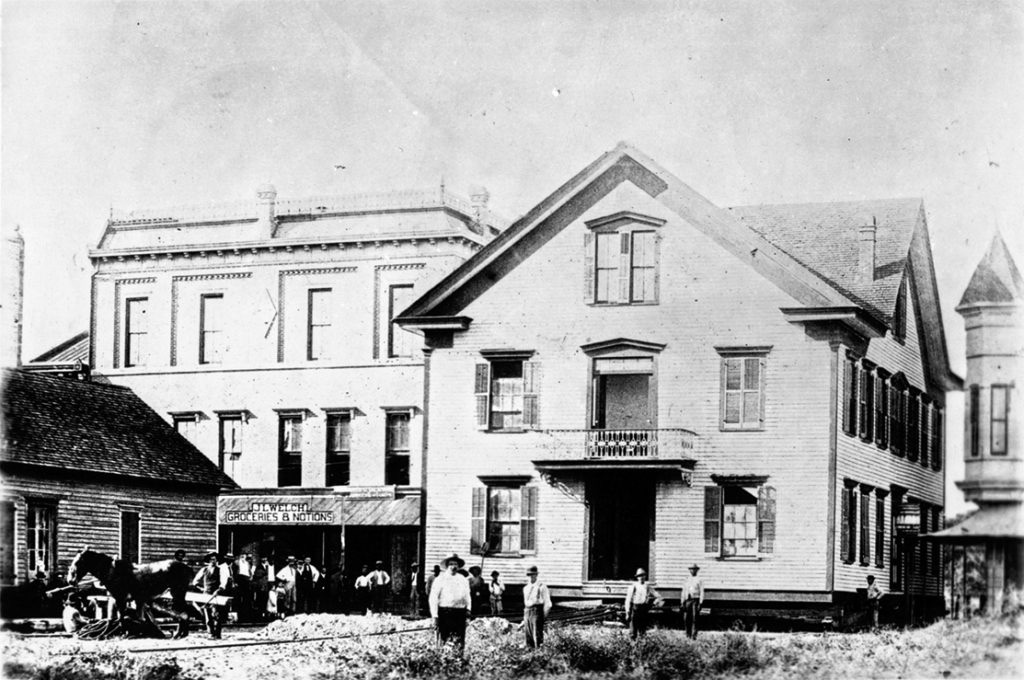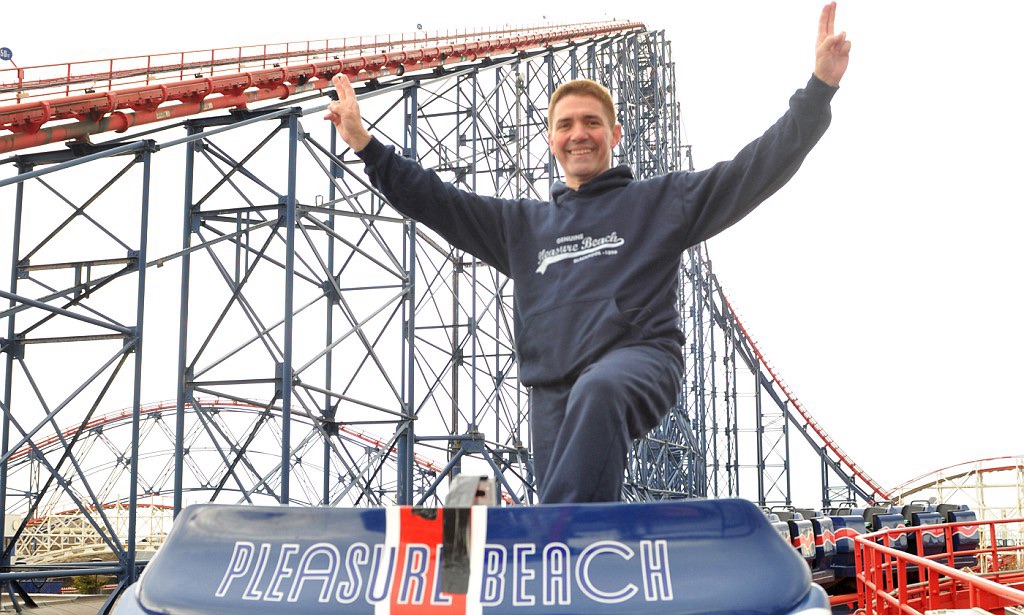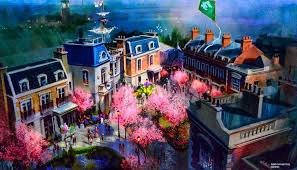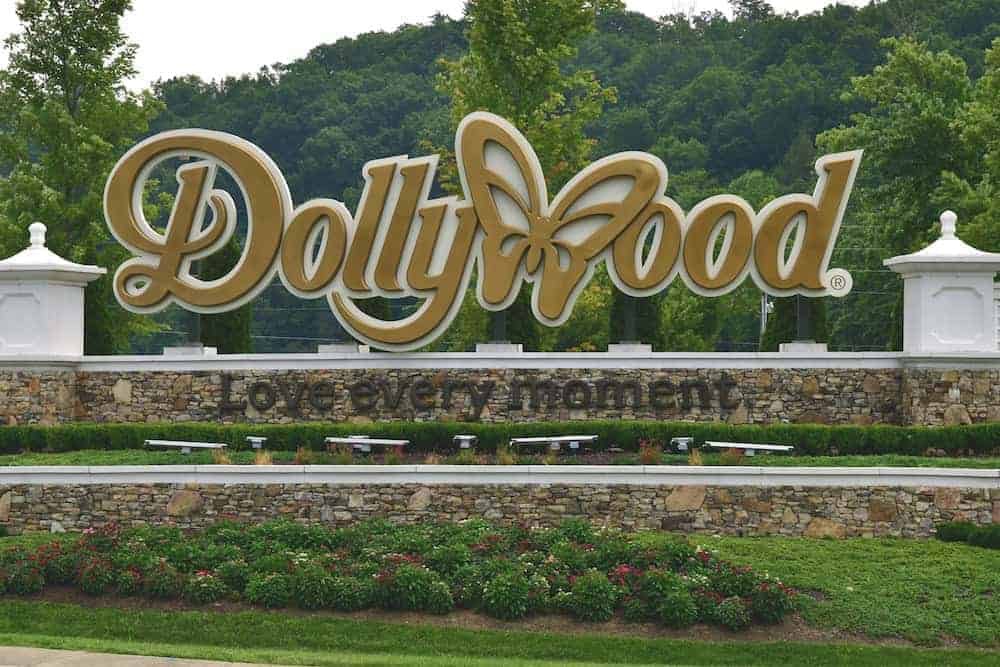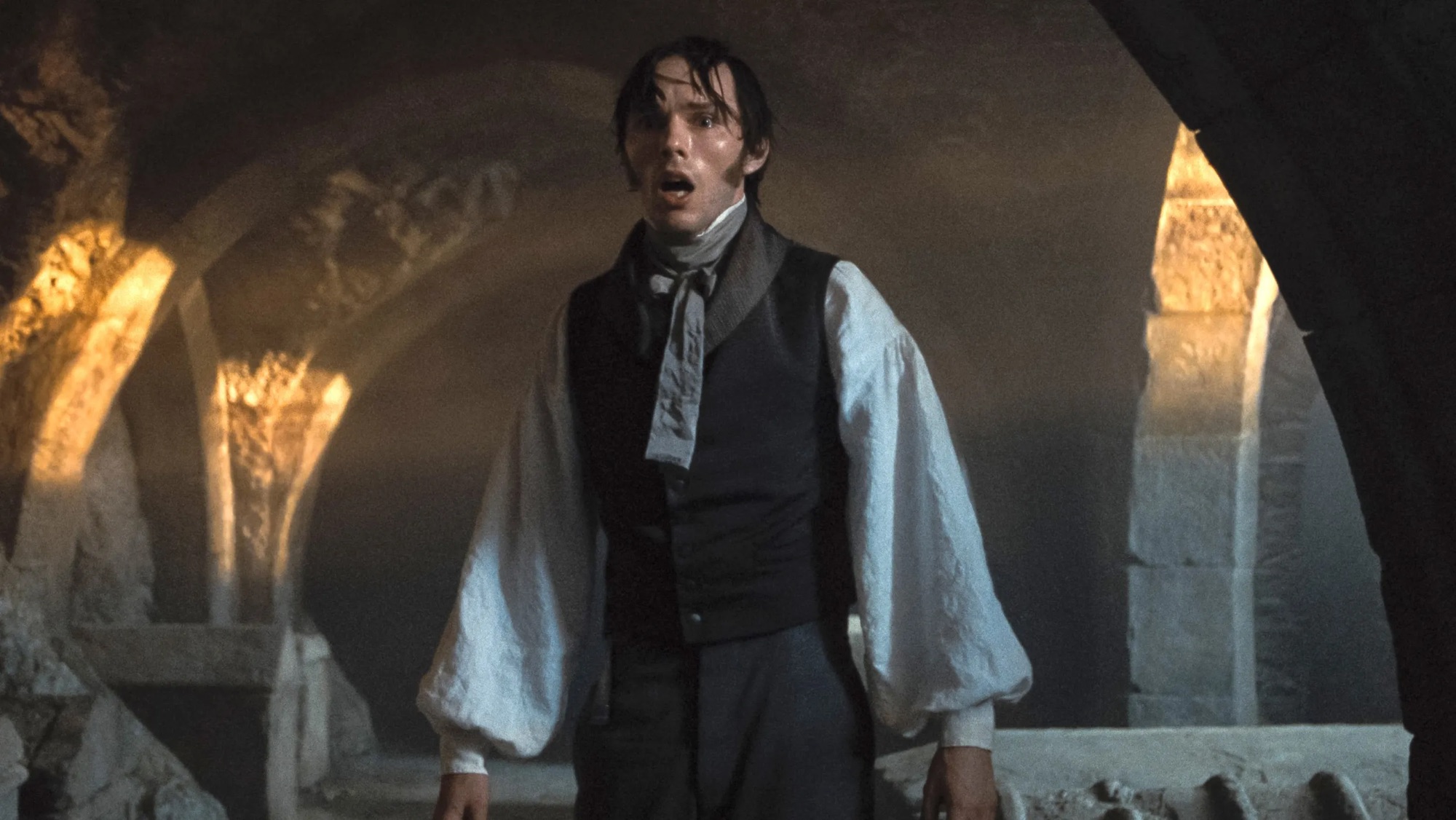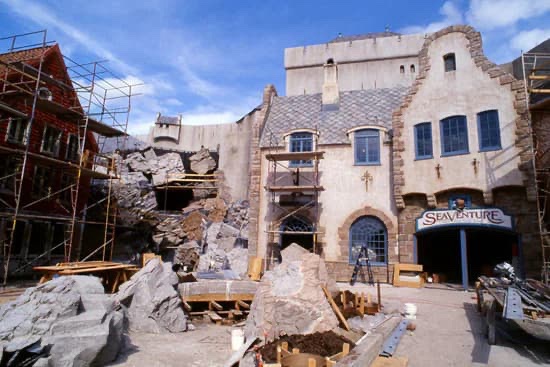Orlando, Florida, is renowned today as a major tourist destination, home to world-famous theme parks such as Walt Disney World and Universal Studios. However, the rich history of this vibrant city stretches far beyond its modern attractions. Understanding the history of Orlando, Florida provides a deeper appreciation of its transformation from a sparsely populated frontier to a bustling urban center. The city’s past is a tapestry woven from the lives and cultures of Native American tribes, European explorers, American pioneers, and modern visionaries. Each era contributed to shaping the Orlando we know today.
Pre-European Settlement
Long before European explorers set foot in Central Florida, the region was inhabited by Native American tribes. The primary tribe in the area was the Timucua, who dominated much of Central and Northern Florida. They were known for their complex society, agricultural practices, and mound-building activities. The Timucua lived in organized villages, cultivated crops like maize, beans, and squash, and engaged in intricate trade networks that extended across the southeastern United States.

By the 18th century, the Seminole tribe emerged from a blend of various Native American groups, including the Creek Indians who migrated into Florida. The Seminoles developed a distinct culture and played a significant role in the region’s history, particularly in their resistance against European settlers. They adopted a way of life that included cattle ranching, farming, and trade with European settlers. The Seminoles are perhaps most famously known for their fierce resistance during the Seminole Wars, where they fought to maintain their land and way of life against increasing American encroachment.
European Exploration and Early Settlement
European exploration of Florida began in the 16th century with Spanish expeditions, including those led by Juan Ponce de León and Hernando de Soto. However, it was not until the mid-19th century that permanent European settlement began in the Orlando area. The arrival of settlers brought significant changes, including conflicts with the native population and the spread of European diseases that greatly affected the indigenous tribes.
During this period, Central Florida remained largely undeveloped, with settlers primarily focused on cattle ranching and agriculture. The sparse population and vast wilderness presented both challenges and opportunities for those seeking to make a life in this frontier region.
The Establishment of Fort Gatlin
In 1838, during the Second Seminole War, the U.S. Army built Fort Gatlin south of present-day downtown Orlando to protect settlers from attacks by the Seminole tribe. The fort served as a critical defense point and marked the beginning of increased settlement in the area. The Second Seminole War was one of the longest and costliest Indian wars in United States history, and Fort Gatlin played a vital role in the conflict.
The establishment of Fort Gatlin attracted more settlers to the region, as it provided a sense of security amid the ongoing hostilities. This influx of settlers laid the foundation for what would become the city of Orlando. The presence of the fort also facilitated trade and communication, further encouraging development in the area.
The Founding of Orlando
The settlement around Fort Gatlin began to grow in the early 1850s. The origins of the name “Orlando” are subject to several theories. One popular belief is that the city was named after a soldier named Orlando Reeves, who purportedly died in the area during an attack by Native Americans. One night, while on guard duty, Reeves noticed a disturbance in the water and, upon investigation, discovered Seminole Indians attempting to sneak up on the fort. He bravely alerted his comrades by firing his gun into the air and was met with a hail of arrows, sacrificing his life in the ensuing skirmish. In honor of his heroic deed, the a marker was placed stating, “Orlando lies here.”
Another theory suggests the name came from Judge James Gamble Speer, a prominent figure in the early development of the area. According to this version, Judge Speer named the city after Orlando Rees, a plantation owner and friend. Rees owned a sugar mill and plantation along the St. Johns River and was a well-known figure in Florida at the time. While the true origin of the name remains a mystery, both stories reflect the area’s rich and multifaceted history.
Orlando was officially incorporated as a city on July 31, 1875. By this time, the community had grown significantly, with settlers establishing homes, businesses, and farms. The incorporation marked a new chapter in Orlando’s development, laying the groundwork for its future growth.
Growth and Development in the Late 19th and Early 20th Centuries
Orlando’s economy in the late 19th century was primarily based on cattle ranching and citrus farming. The area’s warm climate and fertile soil made it ideal for citrus groves, and by the late 1800s, Orlando became a major center for citrus production. This agricultural boom brought prosperity and attracted new residents.
The arrival of the railroad in the 1880s significantly boosted growth, facilitating the transportation of goods and attracting new settlers. The South Florida Railroad reached Orlando in 1880, connecting the city to other parts of the state and the nation. This connection opened up new markets for Orlando’s agricultural products and spurred further economic development.
The development of infrastructure, such as roads, schools, and public buildings, helped shape the early community. By the turn of the 20th century, Orlando had established itself as a thriving town with a growing population and a diverse economy.
Mid-20th Century Transformation
The post-World War II era brought a population boom to Orlando, fueled by new residents seeking opportunities in the growing city. The development of major highways and transportation infrastructure further accelerated growth, connecting Orlando to other parts of Florida and the United States.
During this period, Orlando also saw the establishment of important military installations, including Pinecastle Air Force Base (later McCoy Air Force Base), which played a significant role during the Cold War. The presence of these military facilities contributed to the local economy and population growth.
The Walt Disney World Effect
The opening of Walt Disney World in 1971 marked a turning point in Orlando’s history. The massive theme park complex, envisioned by Walt Disney himself, attracted millions of visitors annually and spurred significant economic development. The project began in the 1960s when Disney secretly purchased large tracts of land in Central Florida under various company names to avoid speculation and price increases.

The construction of Walt Disney World was a monumental undertaking, involving thousands of workers and substantial investment. The resort officially opened on October 1, 1971, with the Magic Kingdom as its centerpiece. The success of Walt Disney World led to the establishment of other major theme parks and tourist attractions, including EPCOT, Disney’s Hollywood Studios, and Disney’s Animal Kingdom.
The opening of Walt Disney World had a transformative effect on Orlando, turning it into a global tourist destination and a major economic hub. The influx of tourists spurred the development of hotels, restaurants, and other attractions, creating a booming hospitality industry. The resort also provided thousands of jobs and contributed significantly to the local economy.
Modern Orlando
Today, Orlando stands as a testament to rapid growth and diversification. It is a major cultural and economic center, known for its tourism industry, diverse population, and thriving urban development. The city is home to a wide range of industries, including technology, healthcare, and education, in addition to its well-known tourism sector.
Orlando’s population has continued to grow, with new residents drawn by its economic opportunities, warm climate, and high quality of life. The city boasts a vibrant arts and culture scene, with numerous museums, theaters, and festivals. Ongoing urban development projects aim to enhance Orlando’s infrastructure, green spaces, and public transportation, ensuring that it remains a dynamic and livable city for future generations.
From its early days as a Native American territory to its current status as a bustling metropolitan area, the history of Orlando, Florida is a fascinating journey of transformation and growth. The city’s ability to adapt and reinvent itself over the years has cemented its place as a significant and dynamic part of Florida’s heritage. Understanding Orlando’s past provides valuable insights into its present and future, highlighting the enduring spirit of innovation and resilience that defines this remarkable city.

